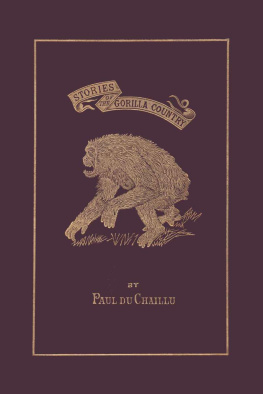Paul B. (Paul Belloni) Du Chaillu - The Viking Age. Volume 2 (of 2)
Here you can read online Paul B. (Paul Belloni) Du Chaillu - The Viking Age. Volume 2 (of 2) full text of the book (entire story) in english for free. Download pdf and epub, get meaning, cover and reviews about this ebook. year: 2021, publisher: Library of Alexandria, genre: Art. Description of the work, (preface) as well as reviews are available. Best literature library LitArk.com created for fans of good reading and offers a wide selection of genres:
Romance novel
Science fiction
Adventure
Detective
Science
History
Home and family
Prose
Art
Politics
Computer
Non-fiction
Religion
Business
Children
Humor
Choose a favorite category and find really read worthwhile books. Enjoy immersion in the world of imagination, feel the emotions of the characters or learn something new for yourself, make an fascinating discovery.

- Book:The Viking Age. Volume 2 (of 2)
- Author:
- Publisher:Library of Alexandria
- Genre:
- Year:2021
- Rating:5 / 5
- Favourites:Add to favourites
- Your mark:
- 100
- 1
- 2
- 3
- 4
- 5
The Viking Age. Volume 2 (of 2): summary, description and annotation
We offer to read an annotation, description, summary or preface (depends on what the author of the book "The Viking Age. Volume 2 (of 2)" wrote himself). If you haven't found the necessary information about the book — write in the comments, we will try to find it.
The Viking Age. Volume 2 (of 2) — read online for free the complete book (whole text) full work
Below is the text of the book, divided by pages. System saving the place of the last page read, allows you to conveniently read the book "The Viking Age. Volume 2 (of 2)" online for free, without having to search again every time where you left off. Put a bookmark, and you can go to the page where you finished reading at any time.
Font size:
Interval:
Bookmark:

One of two waggons found in the Deibjerg bog, Ringkjobing, West Jutland, ornamented all over with bronze; and on each side representations of two human heads with heavy moustaches, and with the triskele and other mystic signs. Length of sides, 5 feet, 4 inches; straight pole, about 6 feet, including the bent piece; diameter of wheels, 3 feet.
THE EARLY HISTORY, MANNERS, AND CUSTOMS OF THE ANCESTORS OF THE ENGLISH-SPEAKING NATIONS
ILLUSTRATED FROM
THE ANTIQUITIES DISCOVERED IN MOUNDS, CAIRNS, AND BOGS AS WELL AS FROM THE ANCIENT SAGAS AND EDDAS
| CHAPTER I. | |
| PAGE | |
|---|---|
| Marriage | |
| CHAPTER II. | |
| Divorce | |
| CHAPTER III. | |
| The Birth and Bringing-up of Children | |
| CHAPTER IV. | |
| The Arvel, or Inheritance Feast | |
| CHAPTER V. | |
| Foster-Brotherhood | |
| CHAPTER VI. | |
| Weapons | |
| CHAPTER VII. | |
| War Customs | |
| CHAPTER VIII. | |
| Rock-Tracings | |
| CHAPTER IX. | |
| War-Ships | |
| CHAPTER X. | |
| The Fleets of the Northmen | |
| CHAPTER XI. | |
| Mode of Naval Warfare of the Northmen | |
| CHAPTER XII. | |
| Sea Battles | |
| CHAPTER XIII. | |
| Traders and Trading-Ships | |
| CHAPTER XIV. | |
| Debts and Robbery | |
| CHAPTER XV. | |
| Halls and Buildings | |
| CHAPTER XVI. | |
| Feasts, Entertainments | |
| CHAPTER XVII. | |
| Dress of Men | |
| CHAPTER XVIII. | |
| Dress of Women | |
| CHAPTER XIX. | |
| The Bracteates | |
| CHAPTER XX. | |
| Occupations and Sports of Men | |
| CHAPTER XXI. | |
| Occupations of Women | |
| CHAPTER XXII. | |
| ExercisesIdrttir | |
| CHAPTER XXIII. | |
| Idrttir.Poetry or Scaldship, Music and Mental Exercises | |
| CHAPTER XXIV. | |
| The Conduct of Life.The Hvaml | |
| CHAPTER XXV. | |
| Sorrow and Mourning | |
| CHAPTER XXVI. | |
| Champions and Berserks | |
| CHAPTER XXVII. | |
| Some Expeditions and Deeds of Great Vikings | |
| CHAPTER XXVIII. | |
| Some Expeditions and Deeds of Great Vikings (Continued) | |
| CHAPTER XXIX. | |
| Some Expeditions and Deeds of Great Vikings (Continued) | |
| CHAPTER XXX. | |
| Some Expeditions and Deeds of Great Vikings (Continued) | |
| CHAPTER XXXI. | |
| Some Expeditions and Deeds of Great Vikings (Continued) | |
| CHAPTER XXXII. | |
| Some Expeditions and Deeds of Great Vikings (Continued) | |
| CHAPTER XXXIII. | |
| The Discovery and Settlement of Iceland, Greenland, and America | |
| CHAPTER XXXIV. | |
| The Orkneys and Hebrides | |
| Appendix I. Frankish Chronicles | |
| Appendix II. Facsimiles of Sagas | |
| Appendix III. Coins found in Scandinavia | |
| Index |
MARRIAGE.
Font size:
Interval:
Bookmark:
Similar books «The Viking Age. Volume 2 (of 2)»
Look at similar books to The Viking Age. Volume 2 (of 2). We have selected literature similar in name and meaning in the hope of providing readers with more options to find new, interesting, not yet read works.
Discussion, reviews of the book The Viking Age. Volume 2 (of 2) and just readers' own opinions. Leave your comments, write what you think about the work, its meaning or the main characters. Specify what exactly you liked and what you didn't like, and why you think so.

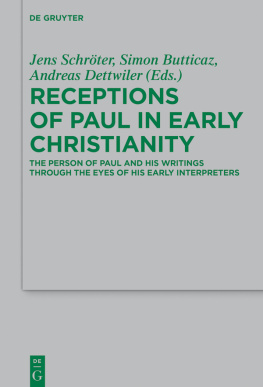
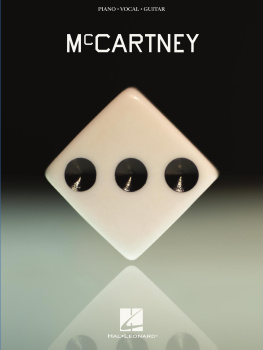
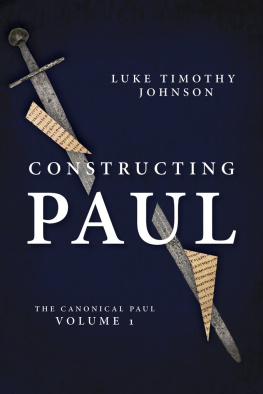
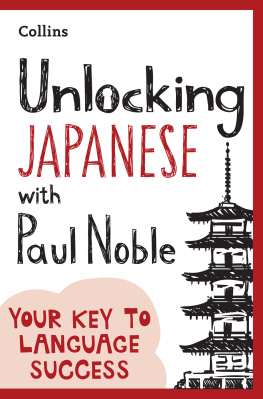
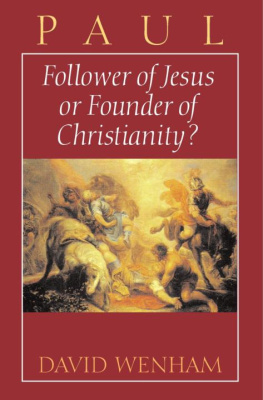

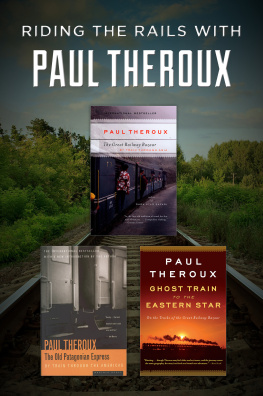
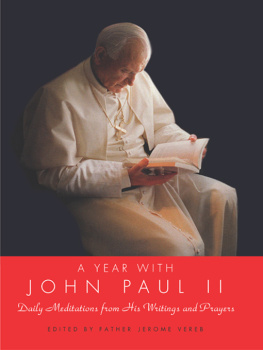
![Paul Muldoon [Paul Muldoon] - Poems 1968-1998](/uploads/posts/book/83661/thumbs/paul-muldoon-paul-muldoon-poems-1968-1998.jpg)
